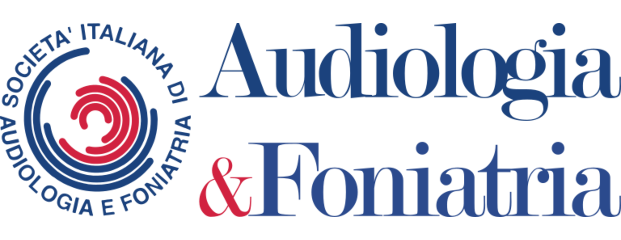Introduction: Twenty-five to forty-five percent of normally developing children and up to eight % of children with developmental delays have oral feeding difficulties. Such disorders, even of short duration, can disrupt normal development and cause serious long-term sequelae. Materials and Methods: We performed a review Meta-Analyses, Randomized Controlled trails and Reviews published since 2008 in English retrieved within the PubMed database. Fifteen articles were included that specifically focused on feeding and swallowing disorders in the newborn. Results: Assessment of neonatal dysphagia is divided into: noninstrumental and instrumental. The types of non-instrumental assessment are evolving, though in clinical practice they remain predominantly qualitative. Fiberoptic endoscopic examination of swallowing (FEES) and videofluoroscopic examination (VFS) are used for instrumental assessment, but recently other examinations are emerging. Treatment can also be divided into: surgical and nonsurgical. Surgery is essential for infants with malformations in the aerodigestive tract that would not be able to feed orally otherwise. Non-surgical treatments can be compensatory to help the infant at mealtime or habilitative to help the infant develop oral skills. Conclusions: The newborn intake of neonatal feeding and swallowing disorders is recent. Further study are needed to define the proper assessment of these disorders, in order to identify the treatments that in most cases dwell on taking care of preterm infants.
Feeding and swallowing disorders in newborn age
Abstract
Keywords
Download
Chiara M., Eva O., DomenicoLeonardo G. (2024) "Feeding and swallowing disorders in newborn age
" Audiologia e Foniatria, 9(1), 88-94. DOI: 10.25430/pupj-IJAP-2024-1-10
Year of Publication
2024
Journal
Audiologia e Foniatria
Volume
9
Issue Number
1
Start Page
88
Last Page
94
Date Published
06/2024
ISSN Number
2531-7008
Serial Article Number
10
DOI
10.25430/pupj-IJAP-2024-1-10
Section
Articles

 © 2025 Padova University Press - Università degli Studi di Padova
© 2025 Padova University Press - Università degli Studi di Padova